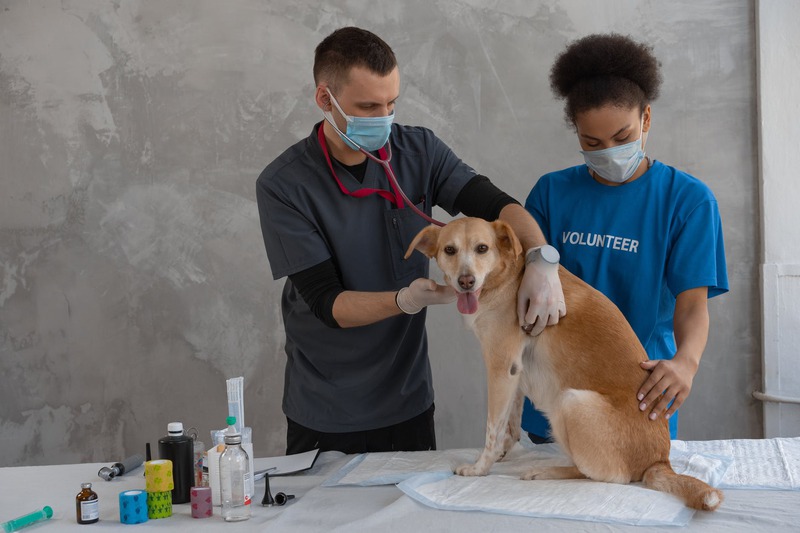Thanks to advancements in the field of dental care, the need for tooth extractions has decreased significantly over the past decade. Dental experts today will try to save even the most badly damaged teeth rather than pull them out. But there are still times when a tooth extraction is necessary. If your dentist has recommended removing one of your teeth, and you’re worried about what to expect from the procedure itself and its recuperation as well as aftercare, keep reading.
An Overview of the Tooth Extraction Procedure
Tooth removal is a common surgery that usually takes up to an hour. The procedure for removing a tooth includes the following steps:
Anesthesia
First, your dentist will provide anesthetic to put you at ease while they work. The dentist may use intravenous sedation if you tend to be excessively anxious, fearful, or hesitant during dental procedures.
Extraction of the Tooth
As soon as you are completely relaxed, your dentist will use an “elevator” to break the connections between your tooth, gums, and jawbone. Afterward, they will use a second elevator that works like a lever to move the tooth in its socket. Lastly, your dentist will utilize forceps and pull out the tooth by carefully pushing outward on the tooth in a controlled way during their dental extraction procedure.
Socket Cleaning
After removing the tooth, your dentist will clean the socket and put pressure on it with a clean gauze pad to stop the bleeding. Biting over the socket for some time helps produce a healthy clot, which eventually becomes bone and fills the socket.
Aftercare Treatment
During recovery, the main goal is to keep the blood clot in position. If the clot moves, it can cause a painful condition called a dry socket. To avoid this problem, your dentist will put pressure on the wound after the extraction to make sure the clot starts forming. Keep in mind, follow your dentist’s aftercare instructions, eat soft foods, and avoid using a straw for at least two weeks following your surgical treatment so that the blood clot your mouth utilizes to fix the area doesn’t get displaced.
You can control swelling by putting ice packs on your face and taking painkillers. A lot of dentists want you to come back to check on your dental health, especially after surgery, to ensure that no problem will emerge. On the other hand, once you have fully recovered from tooth extraction and want to learn more about your options for improving your teeth looks, you can do so by consulting with your dentist.
The Importance of Preventive Dental Care to Avoid Tooth Extraction
Keeping your teeth and gums in good health and warding off the need for tooth extraction requires regular preventive dental care. The early indication of oral problems can be detected and adequately treated at regularly scheduled dental checkups and cleanings. Brushing twice a day and flossing are just two examples of good oral care routines that can reduce the risk of dental problems.
A well-balanced diet plan and reducing sugary or acidic foods and drinks can also aid in protecting the teeth. Without proper care, dental issues can spread to the point where tooth removal is the only choice. Avoiding the need for tooth extraction is possible with the help of preventive dental care; details of this can be found by visiting websites like https://www.brennerdentalgroup.com/preventative-care.
Conclusion
Tooth removals are sometimes necessary, and knowing what to expect during and after the surgical procedure can ease your worries and help you make informed decisions. The procedure usually takes minimal time, and aftercare treatment is essential to make sure proper healing. Regular preventive dental care is also crucial in preventing the need for tooth extraction, and good dental hygiene practices can help protect against dental problems. Remember, taking care of your teeth can save you pain, inconvenience, and financial cost in the future.





